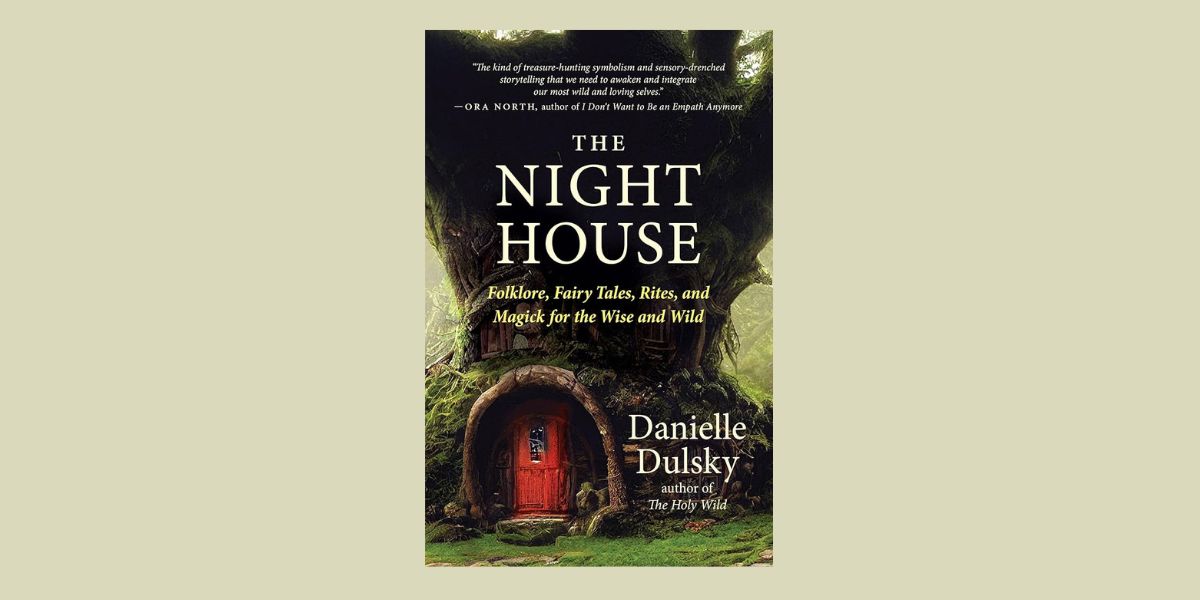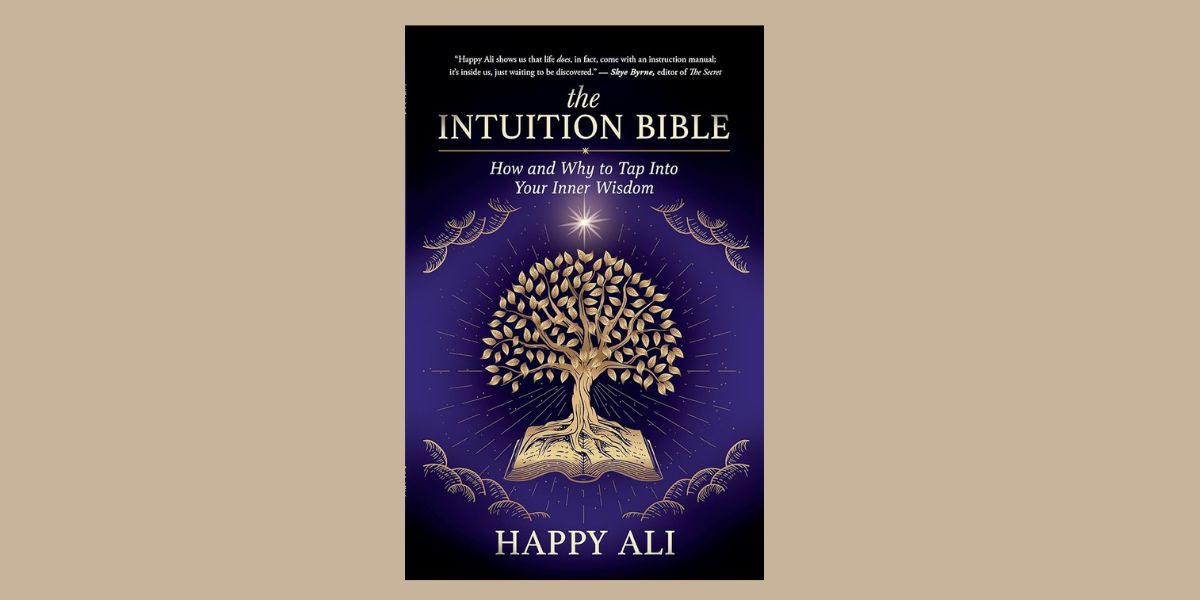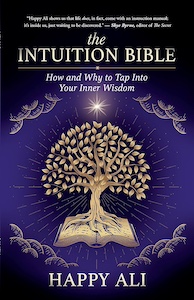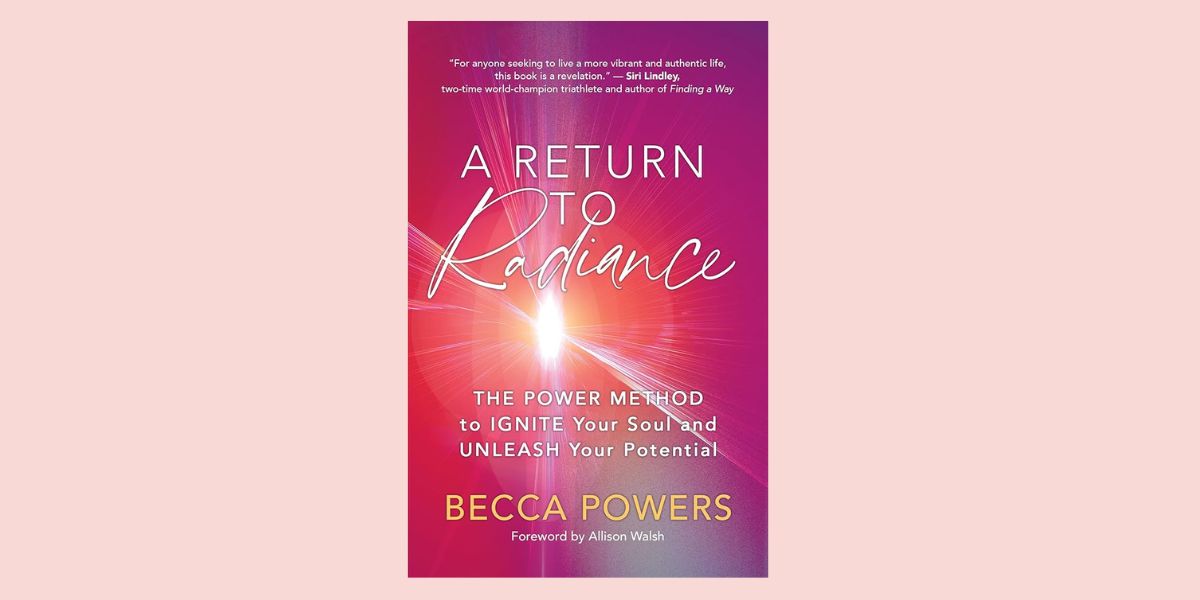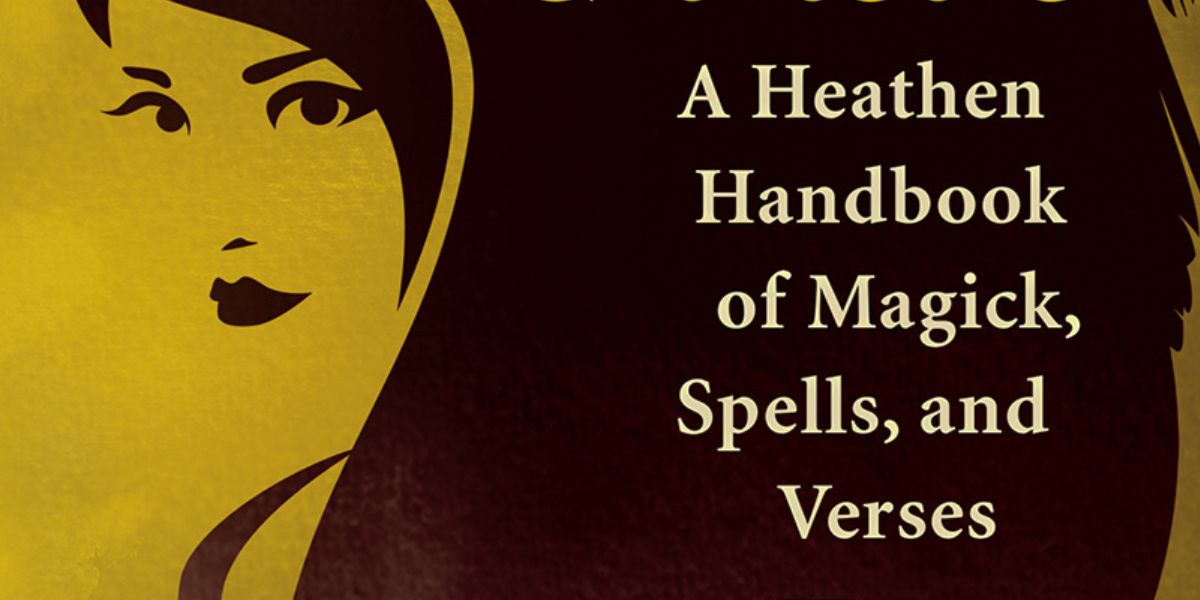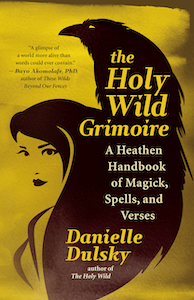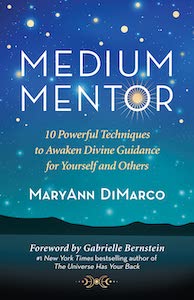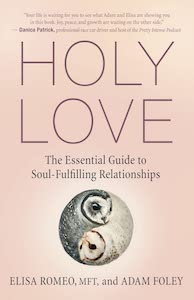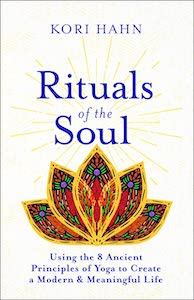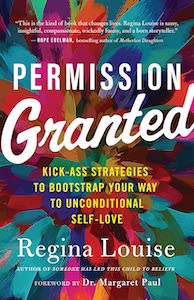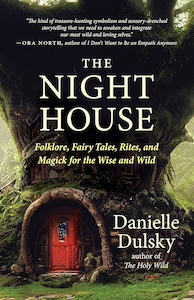
The Night House: Folklore, Fairy Tales, Rites, and Magick for the Wise and Wild, by Danielle Dulsky
New World Library, 1608689794, 232 pages, March 2025
The Night House by Danielle Dulsky is a captivating blend of ritual and storytelling, taking readers on a journey into the realms of mystery and magic of fairy tales. This book is not only filled with tales of intrigue many might remember from childhood, but also a profound exploration of the human psyche and the shadows that dwell within us all. Each page ripe with enchantment of literary magic, readers are offered the chance to craft rituals with these tales and explore the potent archetypal energy that lives within them.
“Worse, we were told the fairy tale was a prison, built to keep our world small and women caged in the archetypal boxes of princess, fragile mother, and fearsome sorcerer; yet, in those long-stretching midnight rituals of unexpected communion with the wild unseen, with a hidden intelligence that exists both beyond us and within us, we have a full-spirited understanding of a key truth the old fairy tellers knew well: Every fairy tale holds a piece of the old magick.”1
Divided into three parts, Dulsky leads readers through the “rooms” of the Night House, with tales to provoke, awaken, fortify, and soothe the reader’s psyche. “Part I: Hidden Rooms and Wild Skins” reconnects readers with their instinct wild side, the untamed parts often hidden for the sake of fitting in, but requiring liberation to breathe once again; “Part II: The Bone Cellar” reminds readers of their unbreakable spirit, the essentials that infuse them with power when otherwise striped bare; and “Part III: The Spirit Tower” connects readers with the transcendent nature of life—fate, dreams, and the wild imaginings that create new futures.
While ushering readers into less traveled territory of the psyche, Dulsky provides all the tools needed to enter these realms, explore them thoroughly and integrate their message, and then move onto our next story when ready. For each tale, she provides an introduction that primes the reader for the story by letting them know what they’re delving into, an invitation to the story the highlights the main theme, ideas of what to put on a story altar, and three rituals that can be performed after reading the tale. The structure provided really makes tapping into the unpredictable archetypal energy a bit more contained, a skillset that reflects Dulsky’s level of witchcraft mastery and dedication to readers having all the magical tools they need to perform this inner work.
As for the stories themselves, Dulsky’s retelling is both lyrical and evocative, drawing readers into the atmospheric world created with her words. The prose is rich with imagery, and readers will truly feel immersed within the tale. As mentioned, readers will be familiar with some fairy tales, such as Little Red Riding Hood and Cinderella, but others are certain to be novel. Much like Grimm’s tales, Dulsky doesn’t shield away from the realistic brutality of humanity, grounding the stories in the relatable human experience. Her ability to balance the ethereal with the eerie, the authentic and the fantastical, adds depth to the narrative, making The Night House a truly unique reading experience.
Back in December, I purchased a 13-moon prophecy reading from Dulsky, which included a divination about the overarching story resonant for me this year. In my reading, she explained my tale for the year was Tatterhood, a tale popular in Norway and Iceland about twin sisters, one of whom is beautiful and the other is ugly. While I’ve read multiple versions of the fairy tale, which is absolutely awesome in that “hideous” Tatterhood is badass and rides a goat and waves her wooden spoon around to fight off banshees, hags, or trolls, depending on the telling, I was struggling to connect with the meaning of the story with elements in my life.
You can only imagine how thrilled I was to discover that this tale is one of the stories Dulsky covers in The Night House in the chapter “The Shadow Twin”! I had such a great time crafting a story altar based on Dulsky’s suggestion, which was the first thing that made me feel more connected to the tale. Then after a few readings of it, I started on the first rite. So far, I’ve only gone that far because I’m intentionally taking a week or so in between to integrate the tale before moving forward, but I can affirm the process Dulsky offers for weaving these tales into our own psyche is well-worth the time and energy of exploration.
I can definitely affirm that this magic-weaving methodology brings the reader much deeper into the fairy tale than simply trying to read it on their own and discern meaning. Dulsky has taken a lot of the “grunt work” out of finding meaning in these tales and working with them psychically to integrate their energy. For those who have never worked with story before within the context of a magical practice, this book is the perfect introduction to the art of storytelling.
Another chapter I had fun exploring was “The Red Hood”, which is the first story in the book. I especially enjoyed the rites for this chapter, which involved searching for mythic signals in my life, reflecting on how I am mending my ancestral lineage and moving towards a new chapter of life, and creating my own “wearable symbol”2 of “unique ancestral medicine”3.
While I have been moving chronologically, and to be honest, I’ve yet to really go in-depth in Part II and Part III beyond a quick read to get a feel for the book overall, I definitely feel readers could easily move to the story that pulls them without concern for the linear progression. While Dulsky does bridge one story to the next, each story stands alone and can be explored when it feels right.
Overall, The Night House by Danielle Dulsky is a mesmerizing book that will appeal to those who enjoy discovering new narratives, exploring their inner worlds through storytelling, or are feeling called to explore themes within fairy tales and folklore. Dulsky’s approach is perfectly suited to initiate readers into these realms often overlooked or neglected due to the loss of storytelling in Western culture, reclaiming the potency and magic of these timeless tales. Her ability to blend the mystical with the personal makes this book a compelling read. For those who dare to enter the Night House, the rewards are manifold.
